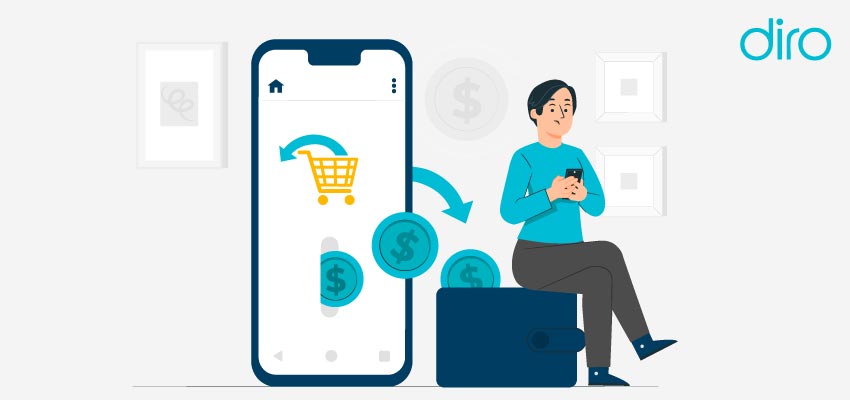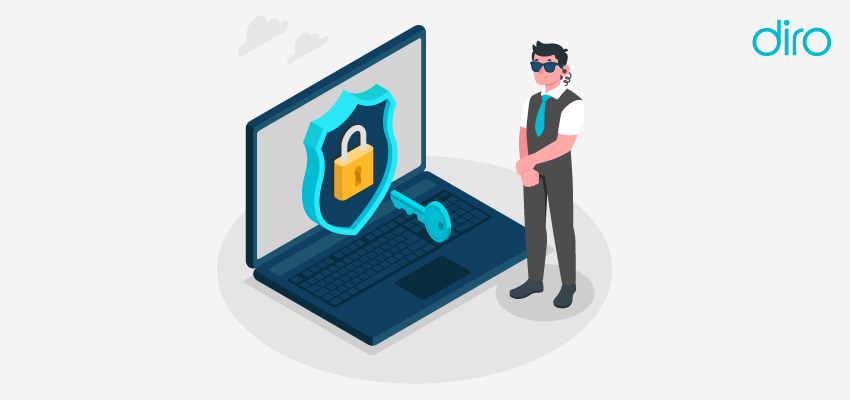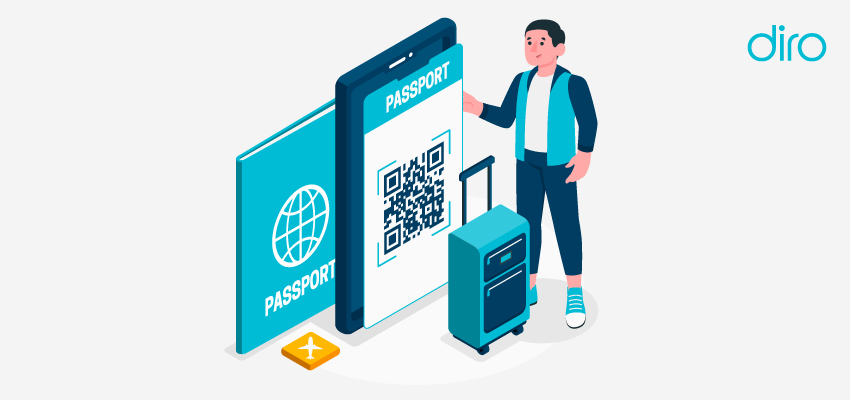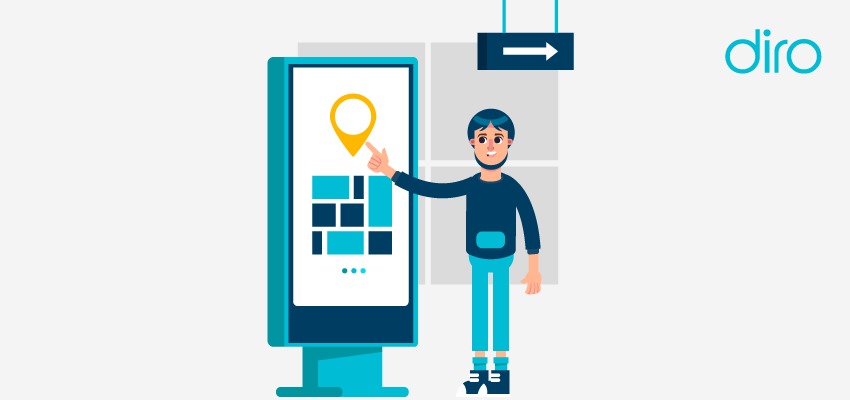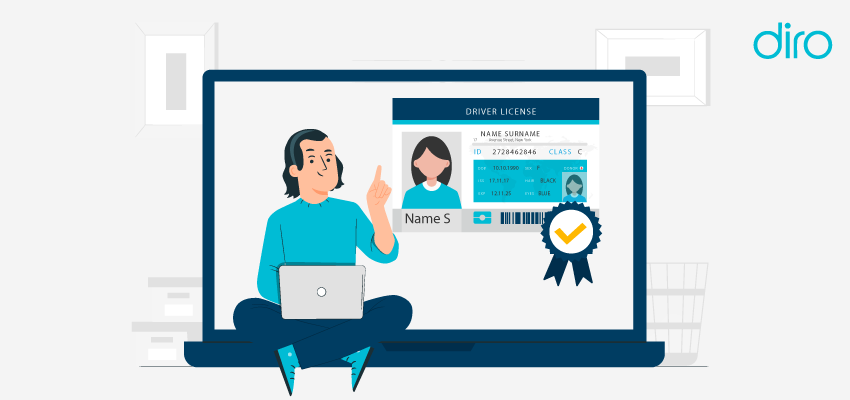Refund fraud is not just an occasional inconvenience; it’s a well-organized and increasingly sophisticated crime that drains billions of dollars from businesses each year. Unlike chargeback fraud or phishing, refund scam happens after a legitimate purchase has been made, making it harder to detect and prevent. Fraudsters are exploiting the weaknesses in refund policies and customer service processes to game the system — and many businesses are struggling to fight back.
But is it possible to prevent refund scams without compromising customer satisfaction? Leading Regulatory Technology (RegTech) providers argue that the key lies in identity verification and more sophisticated fraud detection systems. By tightening refund policies, improving customer verification, and using artificial intelligence (AI) to detect suspicious behavior, businesses can take back control and reduce the impact of refund fraud.
In this article, we’ll explore the complex nature of refund fraud, why it’s so prevalent, and most importantly how businesses can build a robust strategy to prevent refund fraud and protect their bottom line.
What is Refund Fraud?
Refund fraud is when a fraudster acts as a legitimate customer using a fake or stolen identity and exploits an e-commerce store’s return or refund policy to obtain money or store credit. The goal of refund fraud is to receive compensation for an expense the customer never incurred.
How Refund Fraud Works?
Fraudsters keep using new ways to exploit the refund policies of eCommerce businesses. Some of the most common methods include:
- Falsely reporting a problem with a product or service (e.g., claiming the item was defective or not delivered).
- Claiming a refund without returning the item.
- Returning a damaged or altered product while claiming it arrived that way.
- Using a stolen credit card to buy an item, and then returning it for a refund to a different account.
Refund fraud is incredibly popular as it’s easy to conduct and it flies under the radar. Unlike chargeback fraud, which includes financial institutions, refund fraud occurs internally within the business’s customer service and refund process.
Refund Fraud vs. Return Fraud: Understanding the Difference
The terms “refund fraud” and “return fraud” are sometimes used interchangeably, but they involve different methods and outcomes:
| Types of Fraud | Definition | Key Difference |
| Refund Fraud | A fraudulent attempt to obtain a refund without actually returning the product or by providing false information. | The product may never be returned, and the fraudster keeps both the item and the refund. |
| Return Fraud | Attempt to return stolen or damaged items for a refund. | Involves the physical return of goods, often acquired illegally. |
In refund fraud, the merchant is tricked into issuing a refund without getting the product in return. In return fraud, the merchant receives the product, but it is often stolen, altered, or switched out with a cheaper item.
Common Types of Refund Fraud
Fraudsters have developed sophisticated techniques to exploit refund policies. Some of the most common refund fraud tactics include:
1. Fake Refund Request
This is one of the most common types of refund fraud. Fraudsters claim that they never received their order or that the item was defective or damaged upon arrival. For low-cost items, many businesses refund the customer without requiring a return, allowing the fraudster to keep both the item and the refund.
2. Chargeback Scams
Also known as “Friendly Fraud”, a customer makes a legitimate purchase but then files a chargeback with their credit card company, claiming they never authorized the transaction. The customer keeps the product and receives a refund from both the business and the credit card company.
3. Price Arbitrage
The fraudster buys two similar items (one expensive and one cheap). They then place the return for the item that’s more expensive. They return the cheaper item but claim it is the more expensive one, securing a higher refund.
4. Stolen Card Refund
Fraudsters use stolen credit cards to purchase items. The fraudster then returns the item and requests a refund to their own account. This results in both financial loss and liability for the business.
5. Empty Box Scam
The fraudster returns an empty box but claims that the original product was defective or missing components. Some businesses fail to check returned items carefully and process the refund.
6. Switch and Return Fraud
The fraudster purchases an expensive item. They swap it for a counterfeit version or a cheaper item and return it.
7. Double Dipping
The fraudster claims that the order never arrived and requests a refund. If the business issues a replacement, the fraudster keeps both the original item and the replacement.
How to Avoid Refund Scams?
Preventing refund fraud requires a comprehensive and multi-layered approach. Here’s a detailed breakdown of the most effective strategies:
Implement Clear and Strict Refund Policies
To reduce the risk of refund fraud, business’s refund policies should be clear. Some things that should be clearly outlined in your refund policy include:
- Time limits for returns and refunds.
- Conditions for refund eligibility (e.g., the product must be unused and in its original packaging).
- Documentation requirements (e.g., proof of purchase, shipping confirmation, ID).
- State the consequences of fraudulent refund claims.
- Require customers to accept the refund policy before completing a purchase.
Use Identity Verification at Checkout and Refund Request
Implement Know Your Customer (KYC) processes to verify the identity of customers. Require ID verification for high-value transactions and refunds. Use multi-factor authentication (MFA) for logging into customer accounts.
Leverage Artificial Intelligence (AI) and Machine Learning
eCommerce businesses can leverage constant innovations in AI technology to use fraud prevention tools:
- Monitor customer behavior and flag suspicious refund patterns.
- Identify users who file multiple refund claims in a short period.
- Detect inconsistencies in customer profiles and shipping addresses.
Monitor Customer Behavior and Transactions
eCommerce businesses can reduce instances of refund fraud significantly by monitoring customer behavior and transactions. Some things that should be marked as red flags include – multiple refunds to the same account, users with inconsistent activity, or high refund rates.
Businesses can also use geolocation tracking to detect suspicious activity from certain regions.
Establish a Fraud Prevention Team
Staff should also be trained to spot common red flags. Train staff to identify red flags in refund requests. Encourage employees to escalate suspicious refund claims. Businesses should also create solid internal guidelines for handling fraudulent activity.
Block and Restrict Suspicious Users
To reduce the risk of refund fraud, businesses should blacklist customers with a history of refund scams. Use IP tracking and geolocation data to identify fraud hotspots. Blocking customers using VPNs or proxy servers can also reduce refund fraud risks.
Use Tamper-Proof Packaging and Tracking
Use tamper-proof seals to discourage product swapping. Include tracking codes and serial numbers to confirm product authenticity.
Conclusion
Refund fraud presents a significant threat to e-commerce businesses, but with the right combination of strict policies, technological solutions, and vigilant monitoring, it can be effectively managed. By leveraging AI-based tools, tightening refund policies, and training staff to detect red flags, businesses can minimize financial losses and protect their reputation while maintaining customer satisfaction.
